#36: SandHound: Applying robotics to advance critical coastline survey capabilities
For several sweltering weeks along the North Carolina coastline, an ERDC teampushed a quadruped robot with a suite of advanced sensors to its limit to test its abilityto conduct critical beach landscape surveys. The research – known as the SandHound Project – is working to validate whether thequadruped can operate at all levels of the…
Read MorePodcast: Play in new window | Download
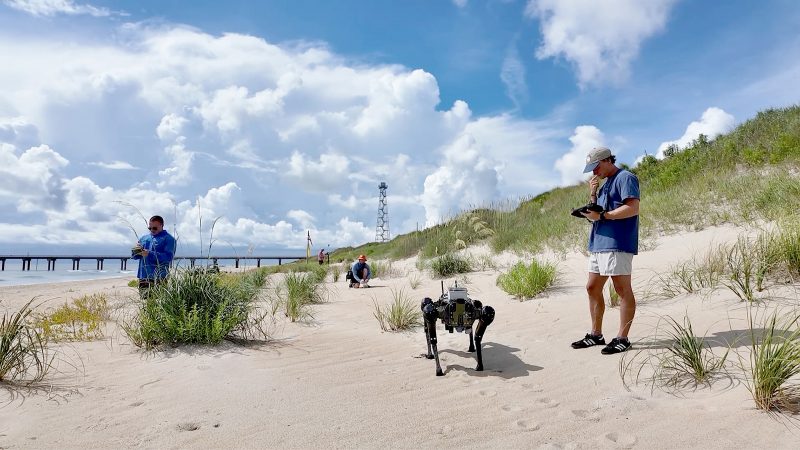
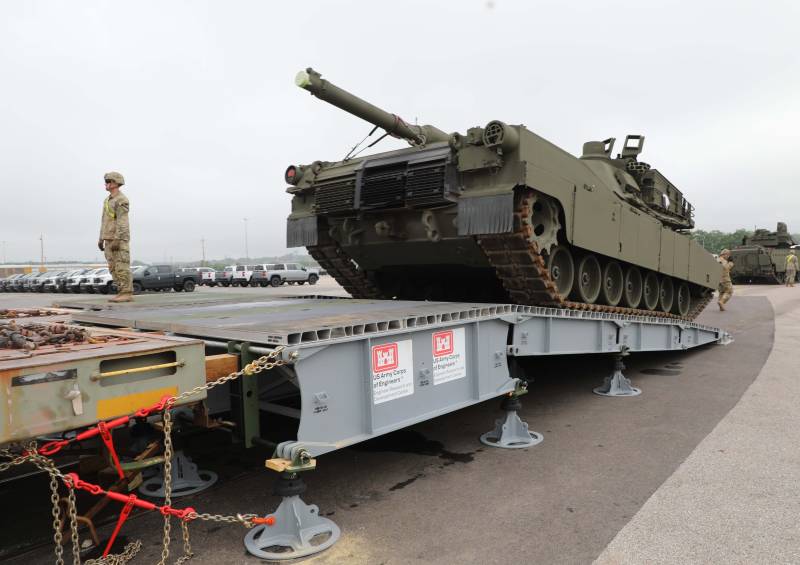
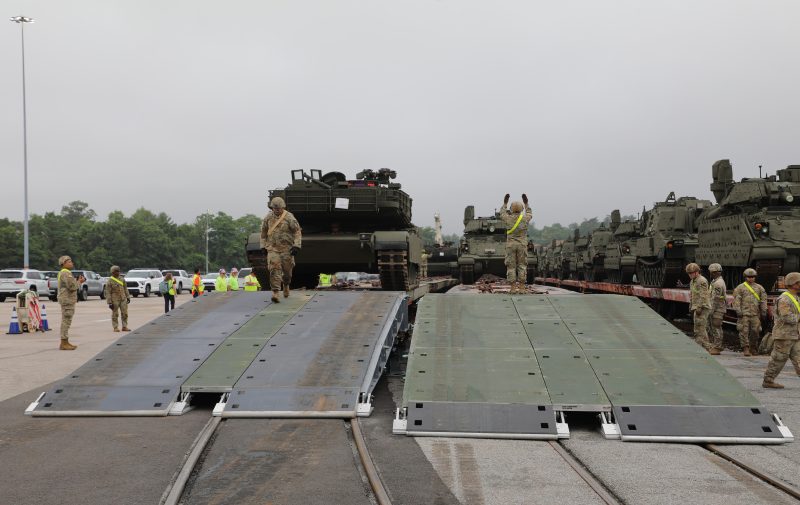
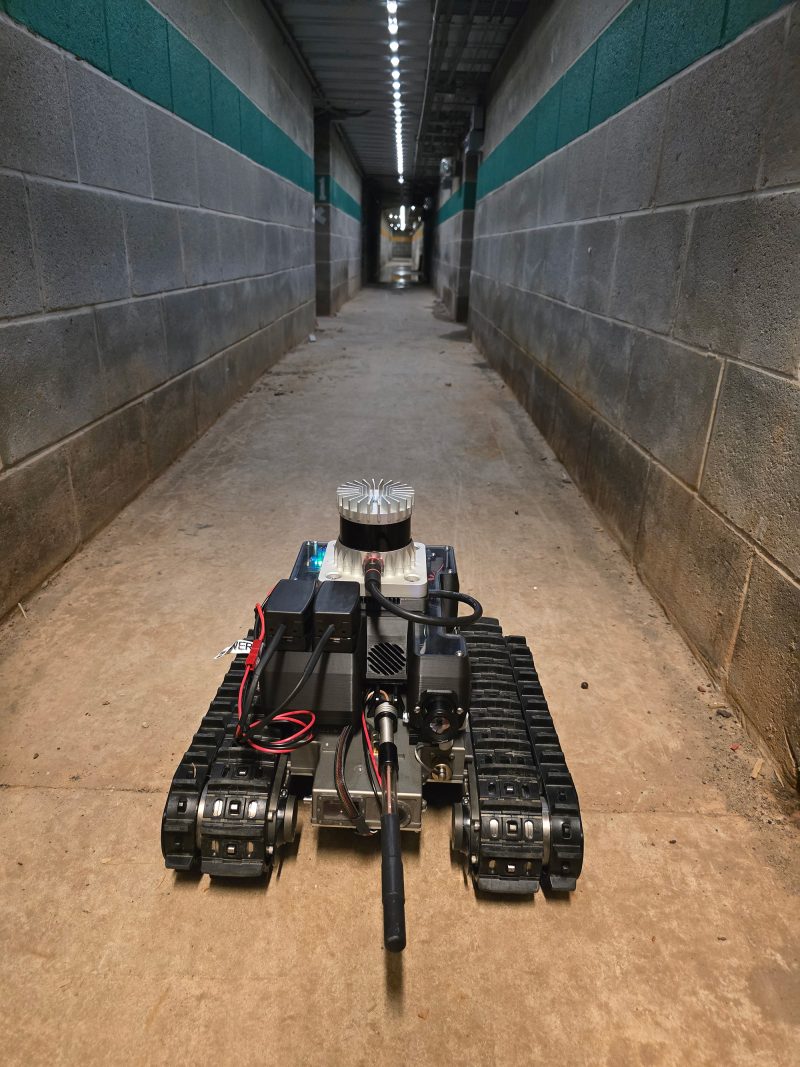
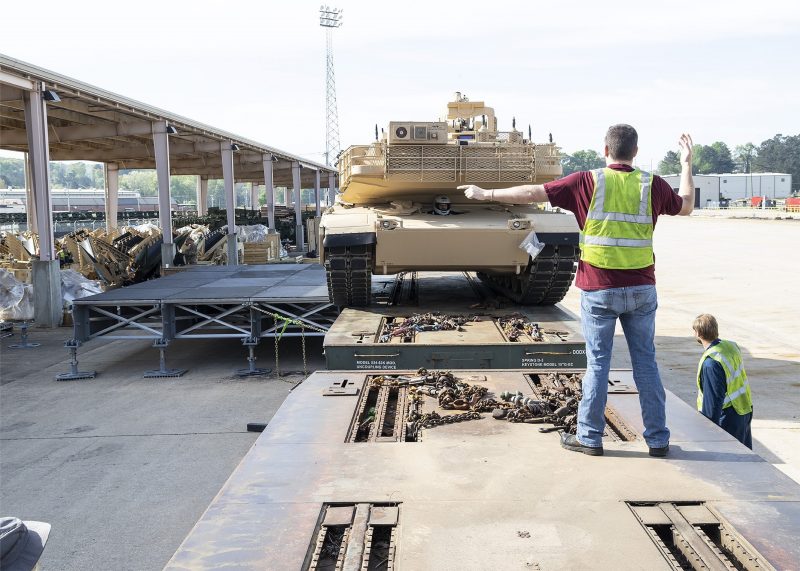
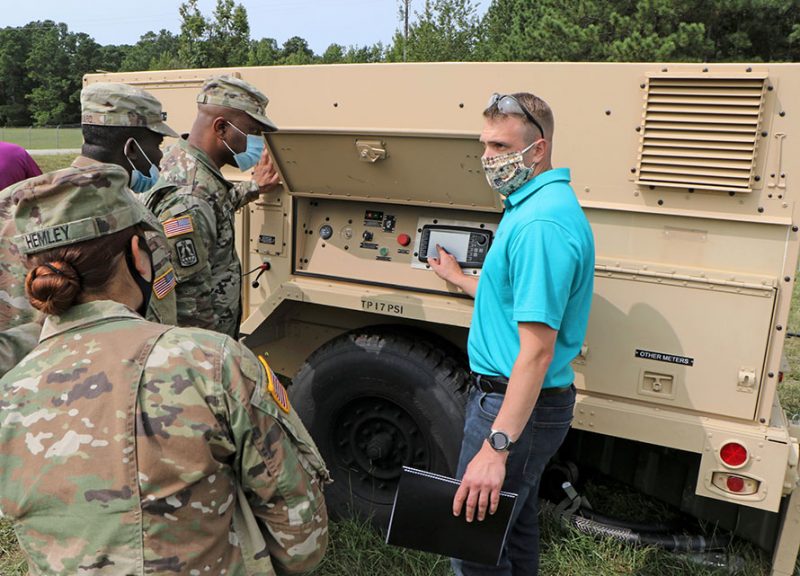

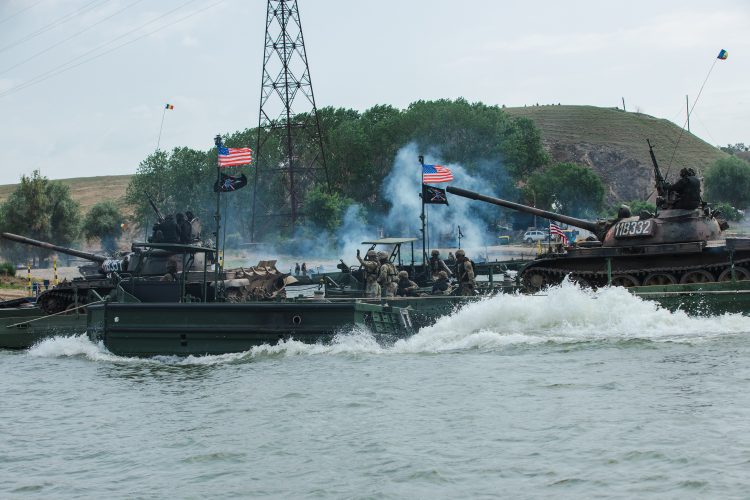
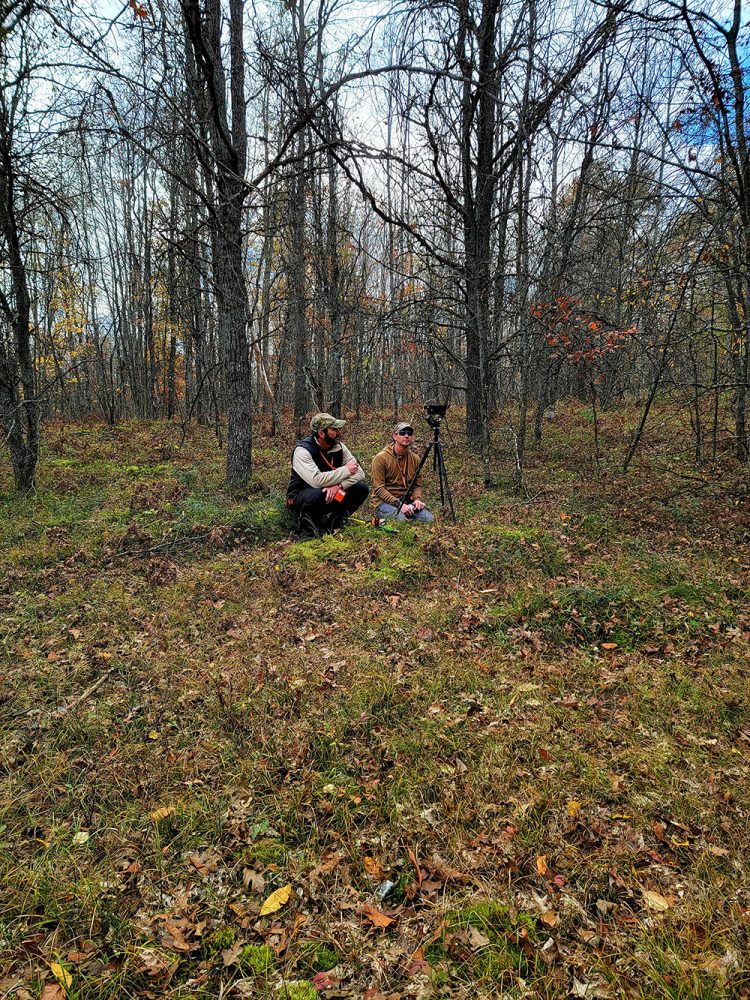
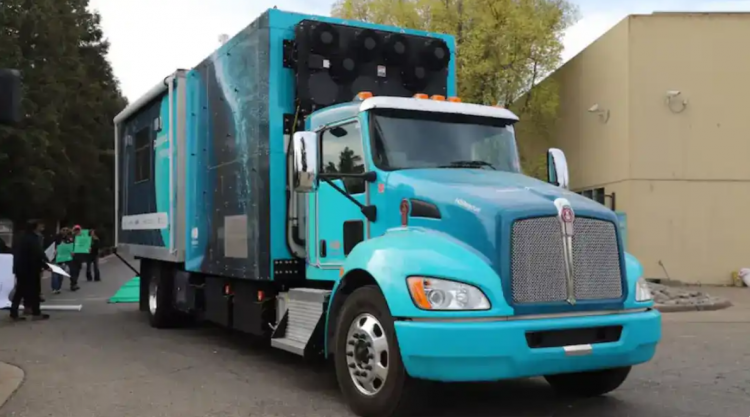
Recent Comments